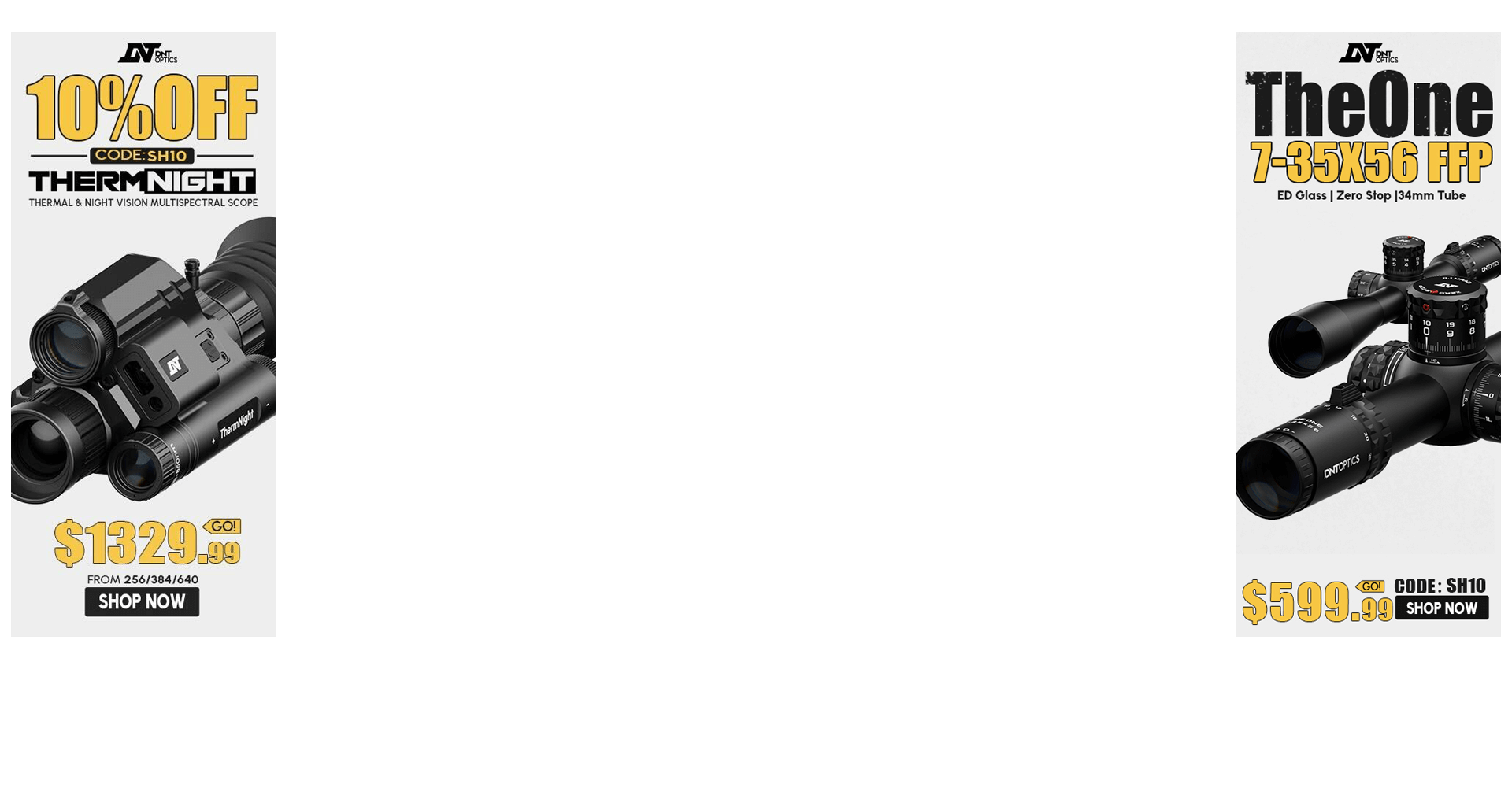I'm getting ready to start reloading for my P308. I wanted to compare the headspace from a fired round and an unfired round from the same box of FGMM. That's when I noticed all the primers were cratered, and a little flattened. And quite a few have ejector marks. This is old white box FGMM, i'm just wondering if this has happened to anybody else.
Here are some pics.



Here are some pics.




